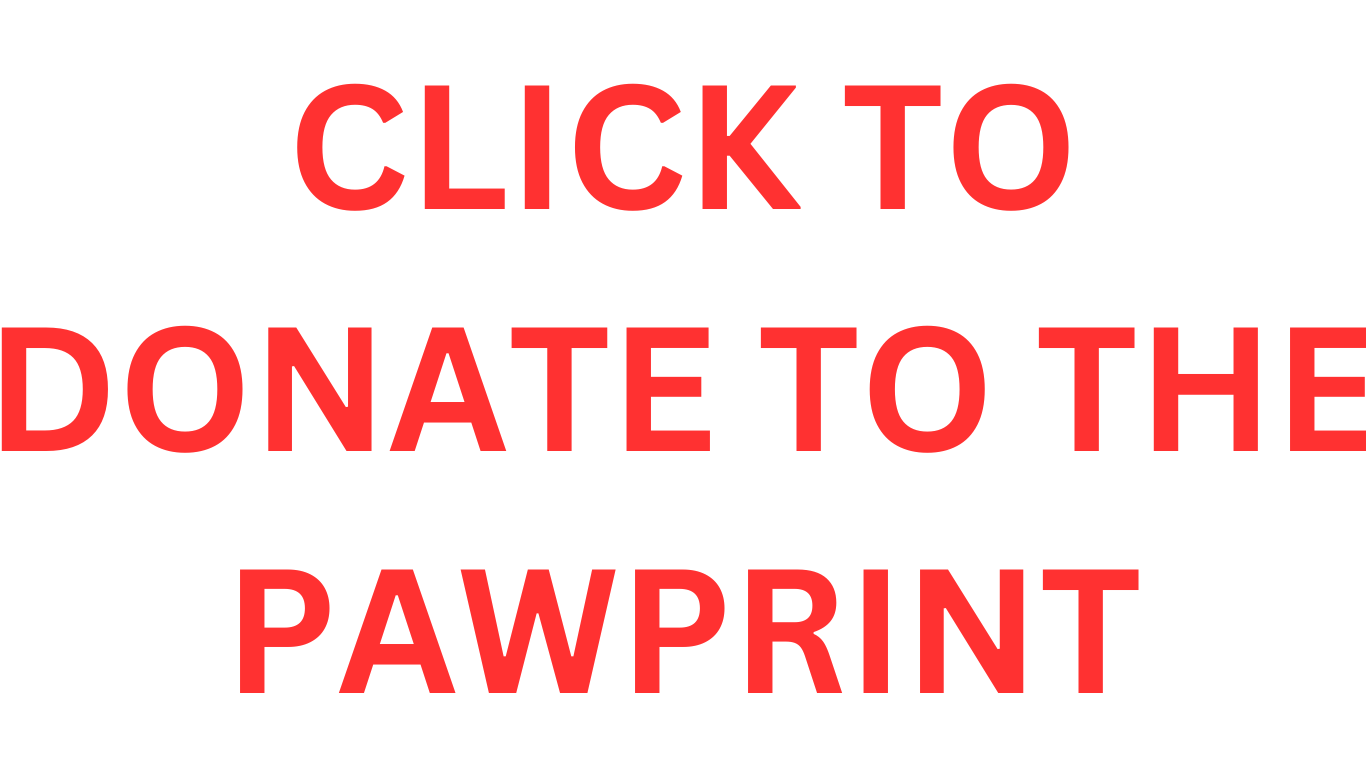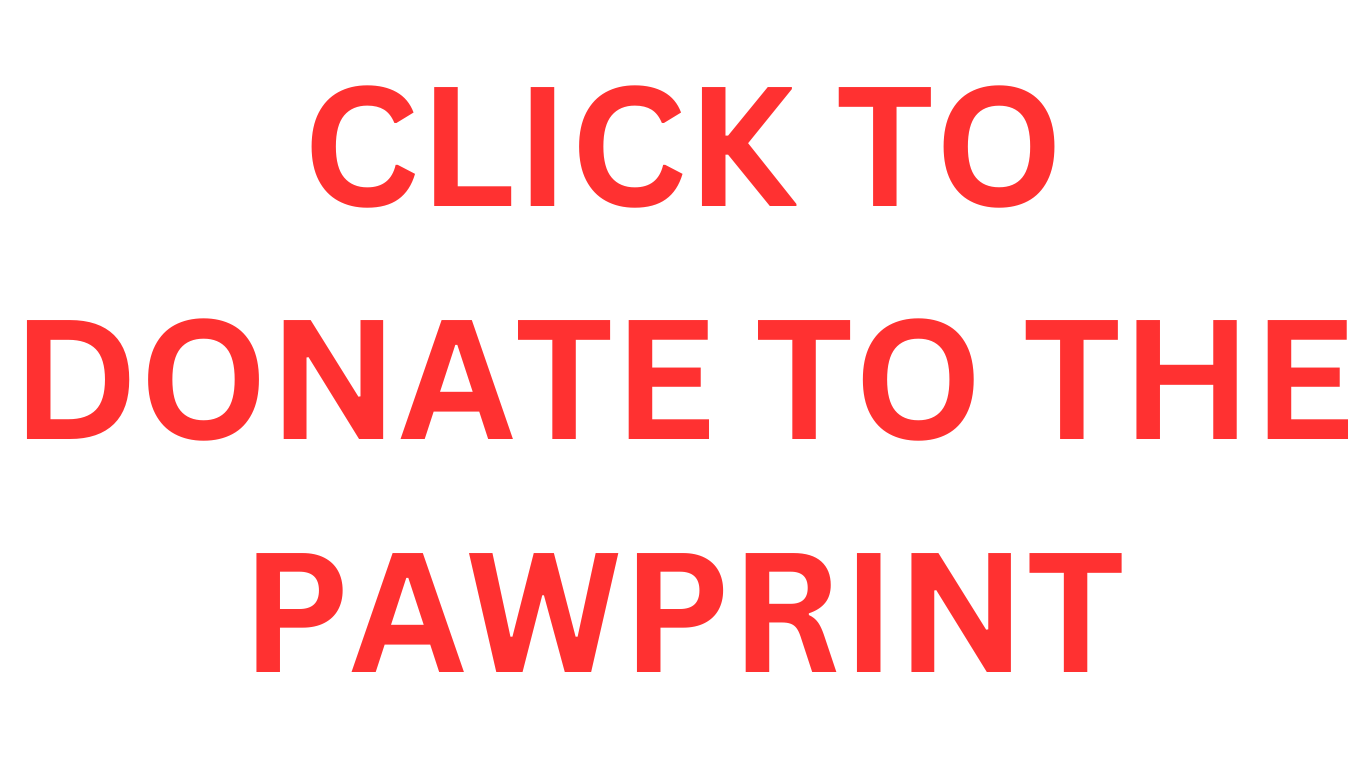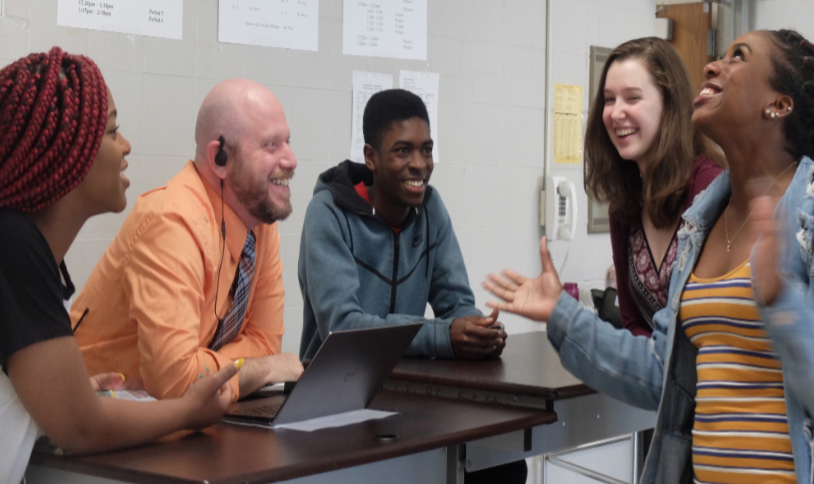Teachers Award Record Number of Positive Behavior Forms
Mr. Mollins has always sought ways to engage with students– both pre- and post-pandemic.
This year, teachers have handed out more positive behavior forms than discipline forms, the result of an increased effort to recognize students for their successes and not simply their missteps.
In the first two quarters of the school year, 179 disciplinary forms were given out to students. But during the same time period, 474 positive behavior forms were written.
In an effort to highlight positivity around Wilde Lake, the administration held a contest to see which teacher would give out the most positive behavior forms. During this contest, over 200 forms were given out to Wilde Lake students, and the winning students and teachers received gift cards. The winning department was the math department, which gave out 86 positive referrals.
Unlike disciplinary forms, positive behavior forms are not used countywide. Assistant Principal Mr. Crouse and former administrator Ms. Cherry began this initiative at Wilde Lake in 2015, but really started encouraging their use in 2016. Mr. Crouse felt that Wilde Lake could benefit from the program. “In the past, a lot of these behaviors were expected and taught, I don’t think that’s necessarily true today. And so to me positive behavior forms are a way to teach the right behavior,” said Mr. Crouse.
A positive behavior form is written by a teacher when a student demonstrates overachievement in the classroom. “I think that positive behavior forms are a good idea because they give students the opportunity to be called down to the office for something positive instead of negative,” said teacher of the year Mrs. Kenney.
Teachers have seen the positive impact that these forms can have on student’s behavior. “Positive behavior forms are great because they bring the positive reinforcement to students, but there needs to be more of them,” said Mr. Beal. “Issues can arise when students display favorable behavior but aren’t recognized. For example, frustration and the students going back to poor behavior. By increasing the number of positive behavior forms distributed or other ways to recognize students for good behavior, poor behavior will be minimalized.”
However, some students don’t see the benefit from it. Senior Deola McGeachy-Alexander recognizes that good students rarely get recognized for their good behavior. “When you’re a good student and have never gotten one it feels as if we aren’t recognized,” she said. “Bad or troubled students always get them because when they change their behavior they stand out more.”
But some students are surprised by the feeling they get when they receive a positive referral, like junior Kylee Macklin. “It made me feel good when I got a positive referral because I always got an office referral because I did something bad, but this time I did something good so it was a new feeling,” she said. “Positive behavioral forms reward good behavior at Wilde Lake and can become the highlight of a student’s day.”
Your donation will support the student journalists of Wilde Lake High School. Your contribution will allow us to purchase equipment and cover our annual website hosting costs.






